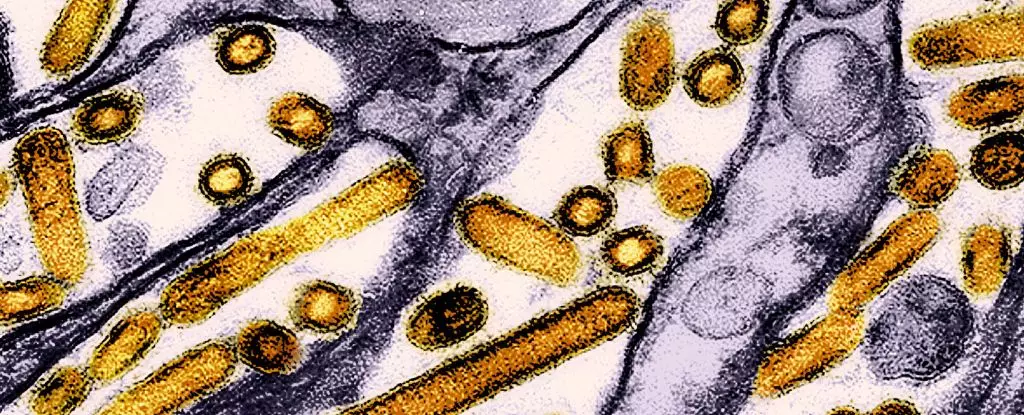The ongoing prevalence of highly pathogenic avian influenza (HPAI), notably the H5N1 strain, poses a notable public health threat, underscoring the need for heightened surveillance and preventative measures, particularly among agricultural workers. Recent findings have raised alarms regarding the possible unnoticed transmission of bird flu in humans, specifically among dairy workers in the United States. This article explores the implications of these findings and the necessary steps to mitigate future risks.
A study conducted by researchers at the US Centers for Disease Control and Prevention (CDC) involving 115 dairy farm workers in Michigan and Colorado unveiled that approximately 7 percent of participants had developed antibodies indicative of past infection with the H5N1 strain. Interestingly, half of these individuals reported experiencing no significant illness, suggesting that many may exhibit mild or even asymptomatic cases of the virus. This raises crucial questions about the extent of the disease’s prevalence in similar working environments and highlights the potential for silent infections to propagate further.
Despite the current assessment indicating that the public health risk remains low, experts caution against ignoring the potential for viral evolution. The observed mutations and adaptations in other regions, particularly Cambodia, where the virus has displayed the capacity for transmission and enhanced virulence, serve as warning signs. Careful monitoring of these mutations is essential to understanding how they may affect human health.
Internationally, the spread of bird flu underscores a critical challenge for health officials and governments alike. Recent reports have not only indicated the silent transmission of the virus among dairy workers but also highlighted occurrences of confirmed human cases, such as a teenager in Canada who was hospitalized with a mutated strain linked to the US outbreak. Genetic analysis has revealed alterations in the virus’s structure that enhance its capacity for human infection, an alarming development requiring immediate attention.
Efforts to contain outbreaks are compounded by the high rates of infection observed in poultry across the United States, with over 400 dairy herds reported to have been affected. This widespread outbreak places considerable emphasis on the necessity for strategic management and effective communication regarding infection risks in agricultural settings.
A pivotal concern raised in the CDC report is the inadequate use of personal protective equipment among workers who came into contact with infected animals. The realization that none of the workers exhibiting HPAI A(H5) antibodies adhered to recommended PPE protocols is alarming. As many of these workers reported experiencing symptoms like fever, sore throat, and other respiratory issues, the gap in PPE compliance must be addressed through comprehensive training and education programs tailored to the specific needs of agricultural workers.
Moreover, the linguistic diversity within the workforce necessitates culturally sensitive outreach efforts to ensure all workers fully comprehend the risks associated with bird flu and the critical nature of protective measures. Without effective engagement, the likelihood of further infections, both in humans and animal populations, remains significantly high.
The implications of the CDC’s findings stress the importance of vigilance among agricultural workers and health authorities. Public health initiatives must foster awareness of the signs of avian influenza in both humans and animals, urging prompt reporting of sick or deceased birds. The responsibility lies not only with health officials but also within communities to remain vigilant against potential outbreaks, as diseases can often spread rapidly in agricultural environments.
In response to the increasing threats posed by avian influenza, researchers are proactively pursuing the development of a human vaccine while simultaneously implementing vaccination strategies for at-risk wildlife. Such measures are crucial in safeguarding biodiversity and ensuring the stability of agriculture.
The emergence of bird flu antibodies in dairy workers highlights a troubling and often overlooked facet of zoonotic disease transmission. With the potential for silent infections to evolve into significant health crises, public health officials, farmers, and workers must collaborate to enforce preventative measures and maintain constant surveillance. Continuous education, improved PPE adherence, and the development of vaccines will be instrumental in minimizing the risk of bird flu outbreaks extending beyond animal populations. The delicate interplay between animal and human health cannot be underestimated, and proactive strategies are pivotal in countering the multifaceted threats posed by avian influenza.


Leave a Reply